 Overnight, as if by magic, mushrooms spring from the ground. The seeming spontaneous origin of these fungi adds to their mystical intrigue. However, mushrooms are viewed very differently depending on the country. In England and Ireland, they are tied to death and decay, and fear surrounds these potential poisonous florae. They are known as Satan’s fruit and linked to witches or fairies. In Eastern Europe they are held in higher esteem, seen as a valuable food source with some varieties being revered.
Overnight, as if by magic, mushrooms spring from the ground. The seeming spontaneous origin of these fungi adds to their mystical intrigue. However, mushrooms are viewed very differently depending on the country. In England and Ireland, they are tied to death and decay, and fear surrounds these potential poisonous florae. They are known as Satan’s fruit and linked to witches or fairies. In Eastern Europe they are held in higher esteem, seen as a valuable food source with some varieties being revered.
There are numerous beliefs about the origin of the mushroom. In one story God and Saint Peter are walking in a rye field. Saint Peter grabs a stalk of rye and chews it. God chastises Peter saying the rye is not for him and he should spit it out. Peter complies and God states, “A mushroom will grow from that grain. Let it be for the poor.” In Lithuania, mushrooms were considered the fingers of Velnias, Lithuanian god of the dead, reaching out from the world of the dead to feed the poor.
In both these tales, mushrooms are directly related to the poor. Indeed, mushrooms were a food staple for the impoverished. In the autumn months, they became quite plentiful and were gathered as a “free” food throughout Europe. Even various African tribes identified mushrooms as a common food. There is a Tonga saying: “Mweenzu wa fulwe ulalila bowa.” Translated as: “The guest of the tortoise has mushroom for dinner.” This saying is interpreted as a visitor should not expect extravagance from his host. He has to share in the normal food and accommodation the host can provide.
 Given their prevalence as food, it is unsurprising there are many superstitions that revolve around determining if a mushroom is poisonous or not. One common belief was if snails or other animals were seen consuming the fungi it was safe. However, numerous substances are poisonous to humans that are not to invertebrates or other animals. Just like you can consume chocolate and your dog can not, another animal’s ability to digest something with no ill effects does not make it safe for human consumption.
Given their prevalence as food, it is unsurprising there are many superstitions that revolve around determining if a mushroom is poisonous or not. One common belief was if snails or other animals were seen consuming the fungi it was safe. However, numerous substances are poisonous to humans that are not to invertebrates or other animals. Just like you can consume chocolate and your dog can not, another animal’s ability to digest something with no ill effects does not make it safe for human consumption.
The most prevalent superstition of identifying a poisonous mushroom is cooking it in water and adding a silver coin to the water or stirring with a silver spoon. If the spoon turned black it was thought the mushroom was poisonous.1
Here are some more superstitions that surrounded identifying whether a mushroom was poisonous or non-poisonous.
- If the mushrooms are placed with onions, the onions will turn blue or brown.
- If placed with parsley, the parsley will yellow.
- When placed in milk, the milk will coagulate.
Based on color
- Mushrooms with a pink underside are poisonous.
- Do not eat mushrooms that are bright in color.
- If you sprinkle salt on the underside, it will turn dark if it is poisonous.
- A poisonous mushroom will turn blue after being picked.
Based on structure, taste, or smell.
- If the cap peels readily, the mushroom is not poisonous.2
- Poisonous mushrooms have very porous flesh.
- If there is a presence of dense white substance, the mushroom is poisonous.
- A mushroom is safe if it has no disagreeable taste.
Identifying mushrooms is complicated and the only way to ensure consumable fungi end up in your hand-picked dinner is to learn to distinguish the different species.

Toadstool the poisonous mushroom
Toadstools and mushrooms are not different species. The word toadstool is used to refer to a poisonous or inedible variety of mushroom.3 The toadstool Amanita muscaria is the most iconic mushroom. With its brilliant crimson cap spotted with white, it has been used in Christmas cards and in art as fairy dwellings.4
In Germany and other parts of Central and Eastern Europe the Amanita muscaria or Glückspilz is a symbol of good luck. At New Year’s a chimney sweep is seen distributing these good luck mushrooms along with four-leaf clovers. The mushroom frequently is found growing underneath pine trees. There is some speculation that the red and white of Christmas and use of pine trees may be linked to these humble fungi.5 The Amanita muscaria is also the most common mushroom depicted in fairy ring art. However, fairy rings can be formed by any circle of mushrooms.

Fairy Ring
“Those singular appearances in the grass, called Fairy Rings, are never more conspicuous than during the Autumn months. ” ~William Hewitt6
The ring of mushrooms, known in France as “sorcerer rings” and in Sussex as “hag tracks,” can vary greatly in size and can even become stable, remaining in one spot for years.7 The circles were thought to have fantastical origins. In Germany it was believed that they arose from witches dancing the night prior. In Dutch lore the ring was the mark left behind by Satan’s milk churn. The flaming tails of dragons were believed to cause the circles in Austria, and in English and Celtic folktales the ring was where the fairies or elves danced.8 The influence of the fairy ring was as variable as its origin with some cultures believing the ring good luck, promising fertility and fortune while others seeing it as a terrible curse blighting the area nearby. Often the ring was seen as a portal to another realm and caution was recommended before breaking the sanctity of the circle. Those who did met terrible fates ranging from being cursed by the ring’s giant toad guardians, becoming permanently invisible, losing an eye, or being struck blind in both.

Footnotes
1. This isn’t as preposterous as it may seem at first. Silver will tarnish in the presence of hydrogen sulfide gas. However, this is not a toxin found in mushrooms. This superstition may also be linked to the general belief that silver is a “pure” metal, and something of the devil, in this case mushrooms, will react with it, similar to the belief that silver can protect against vampires, werewolves, and fairies.↩
2. One can peel the surface skin from Amanita phalloides otherwise known as the death cap mushroom. Obviously with a name like death cap, it is not safe to consume.↩
3. In old fairy tales and German folklore toads would often sit upon mushrooms that drew flies to them. This lead to the name Krötenstuhl translating literally to “toad-stool.” Another possible origin of the word could be likening the poisonous varieties of mushroom to the poisonous varieties of toads.↩
4. It even as the model for Smurf houses.↩
5. The Christmas speculation doesn’t end with colors and pine. Some believe the psychedelic properties may have made shamans hallucinate reindeer flying leading to the associated story regarding Santa’s beasts of burden.↩
6. This quote came from the Book of Seasons by William Hewitt, but my source was the Saturday Magazine. The article was on superstitions and helping inform the populace about the natural explanation for the phenomena of Satan’s Footsteps and Fairy Rings. Although the content was vaguely intriguing what really caught my eye was the author’s initials at the end of the piece. D.I.E. This was followed immediately with a quote that referenced death. I can’t help but wonder if the editor had a sense of humor putting that writer on the piece.↩
7. There is a fairy ring in Belfort, France that is approximately 2,000 feet in diameter and believed to be over 700 years old.↩
8. Perhaps the mushrooms even provided the music. Vaclav Halek, from the Czech Republic, composed over 6,000 songs that mushrooms sang to him. Check out a small selection of his mushroom melodies. ↩
Sources
Ripperger, Helmut. Mushroom Cookery. Lulu Press, Inc, Jul 25, 2016.
Malossini, Andrea. Italian Superstitions. Andrea Malossini, Mar 27, 2013.
Longyear, Burton Orange. Michigan Mushrooms: A Few of the Common Edible Fungi Occurring in the State. Michigan State Agricultural College Experiment Station, 1903.
Parker, John William. The Saturday Magazine. Volumes 5-6, Nov. 22 1834.
Trinkauske, Eglute. Seeing the Swarming Dead: Of Mushrooms, Trees, and Bees. ProQuest, 2008.
Kupčinskaitė, Dainova V. Lithuanian etiological tales and legends. VAGA Publishers, 1998.
Gregory, P.H. “Fairy rings; Free and tethered.” Bulletin of the British Mycological Society. Volume 16, Issue 2, October 1982, pg 161-163.
“Mushroom.” Wikipedia: The Free Encyclopedia. Wikimedia Foundation, Inc. Sept, 7, 2016. Date accessed Sept. 8, 2016.
Photo Credits
Main Image: Toadstool by 557453
Brown Woven Basket by Valeria Boltneva
Fly Agaric by PublicDomainPictures
Mushrooms by Stefan Schweihofer
Fairy Ring by Josimda
Fairy Ring Dancing by T. H. Thomas

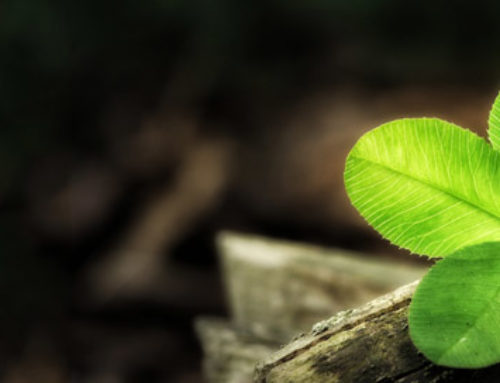
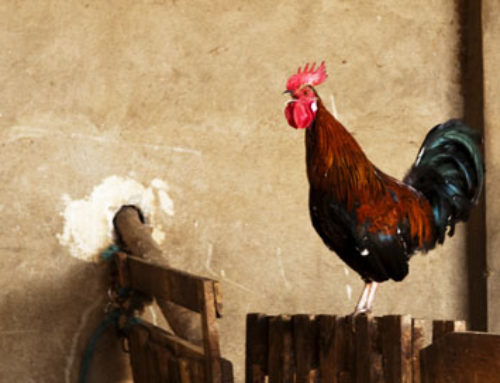
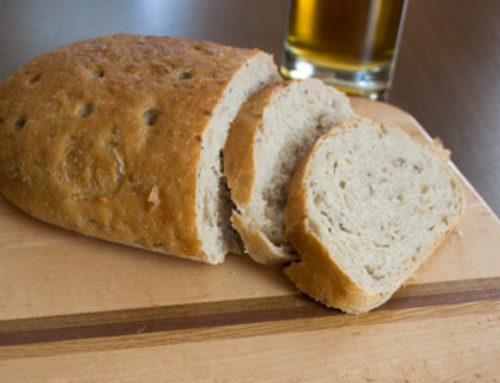
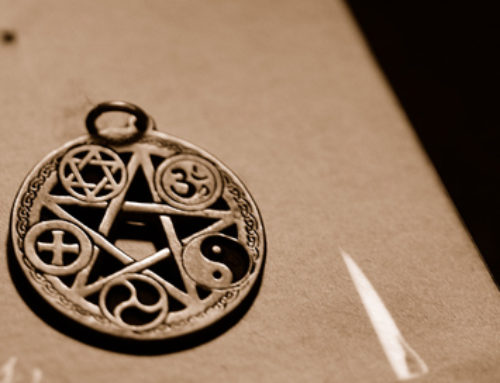
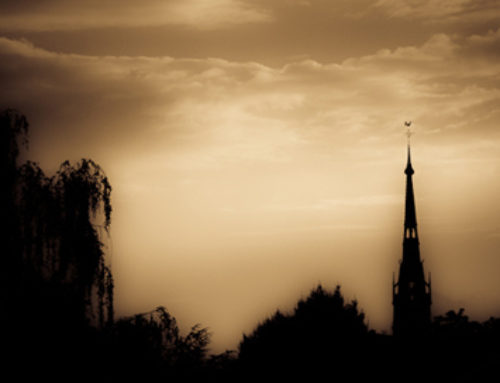
Fascinating post. Even your footnotes were interesting and fun to read. Great information. Thank you.
This is a really great read. The bit about mushrooms being the Lithuanian god Velnias’ fingers really fascinated me but I couldn’t find more info on this anywhere on the internet. Could you point me out to any sources on this? I’d appreciate it.
So I reference all my sources at the base of an article. I will go back through and find which one directly referenced it. I am fairly certain the reference simply said fingers of the god of death in Lithuanian folklore. I then researched who the god of the dead was. I also believe there was a NY Times article that stated this. However, that was a while back and I want to be sure I am providing you with proper information. I will get back to you as soon as I locate it again.